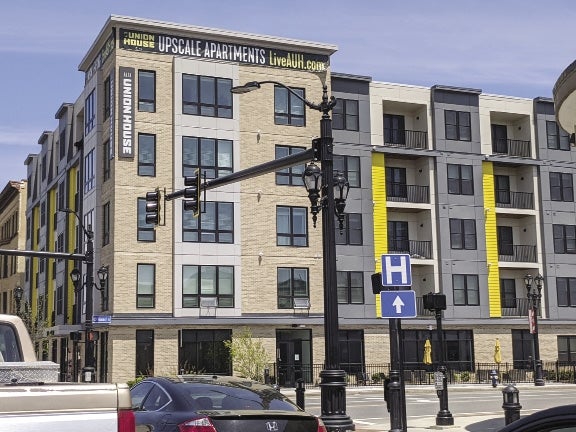The future of office and retail space is still uncertain as remote work and e-commerce maintain strong holds on the economy. One thing that seems certain: the housing market has perhaps never been hotter.
Get Instant Access to This Article
Subscribe to Worcester Business Journal and get immediate access to all of our subscriber-only content and much more.
- Critical Central Massachusetts business news updated daily.
- Immediate access to all subscriber-only content on our website.
- Bi-weekly print or digital editions of our award-winning publication.
- Special bonus issues like the WBJ Book of Lists.
- Exclusive ticket prize draws for our in-person events.
Click here to purchase a paywall bypass link for this article.
The future of office and retail space is still uncertain as remote work and e-commerce maintain strong holds on the economy, even in our new normal. One thing that seems certain: the housing market has perhaps never been hotter in Central Massachusetts. Massive apartment complexes with hundreds of units are planned throughout Worcester, and the single-family home sales and prices soared unfalteringly.
Home sales and prices rise
With the exceptions of some of the northern and western regions of Central Massachusetts, the housing market has been on fire this year and will continue growing, regardless of national trends. With Worcester at the heart, communities like Webster, Sturbridge, and Hudson have invested heavily in their downtowns and are now reaping the benefits with increased sales and prices for single-family homes. U.S. Census data, released this year, showed exponential population growth in most local communities. While this bodes well for homeowners looking to sell, it poses an affordable housing crisis, with rental vacancies virtually nonexistent in Worcester. This will have implications for the population demographics in the area, while drawing even more outside investors to construct housing projects.
Adaptive reuse
Outside investors from Greater Boston flocked to Central Massachusetts this year at seemingly record-breaking rates, looking to construct residential complexes. The region offers cheaper real estate than its easterly neighbors, but it contains a multitude of vacant mills and industrial buildings. With rising inflation and construction costs, these historic buildings will be prime locations for developers looking for alternatives to demolition and new construction. Adaptive reuse of vacant buildings tends to come with a few municipal incentives, which may help entice developers to include more affordable housing. A number of projects are already underway, while historic buildings like Worcester’s Vendome and St. Ives apartments and a 120-year-old inn in Sterling recently sold for several million dollars each, promising potential redevelopment sites in 2022.
Entertainment and experience favored over traditional retail
Retail’s comeback from the pandemic has been largely successful, but the sector is seeing a broader transformation begun before the word coronavirus even entered our vocabulary. Worcester’s emblematic conversion of the former Greendale Mall into an Amazon facility demonstrates this changing face of retail. In place of the traditional indoor mall experience, large projects centered around entertainment and experience are probably on the horizon, mirroring Marlborough’s Apex Center and Worcester Public Market. Polar Park’s relative success this year could inspire similar projects, like the Sturbridge horse-racing center, which garnered some considerable support before the town voted to strike it down. Developers who do delve into the retail sector will likely avoid putting all their eggs in one basket – new retail developments will be mixed-use with a residential component.

